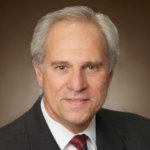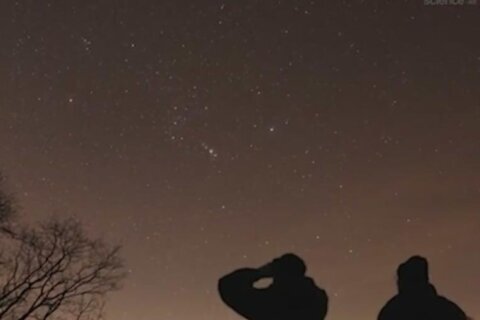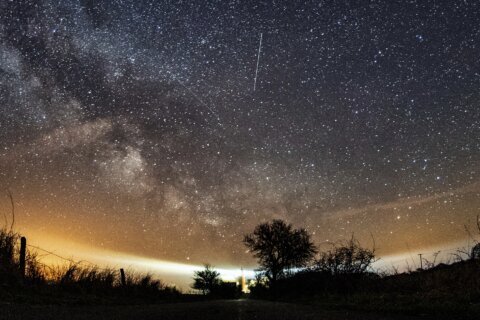WASHINGTON — This week marks the 25th anniversary of the Hubble Space Telescope, one of astronomy’s greatest instruments and one of NASA’s best comeback stories.
Space Shuttle Discovery thundered into orbit April 24, 1990, with the school bus-sized, silvery Hubble tucked into its cargo bay. A day later, with high anticipation, the shuttle astronauts released the $2.5 billion telescope into orbit, so that it could clearly peer into the cosmos without looking through Earth’s soupy, distorting atmosphere.
But something went wrong. As soon as the first blurry images were returned to Earth, scientists realized there was trouble with Hubble — its primary mirror was flawed, ground to wrong specifications.
“I remember standing up on the Senate floor saying, ‘Is this a great telescope or a great techno-turkey,'” recalls Sen. Barbara Mikulski (D-Maryland).
With the Goddard Space Flight Center, in Greenbelt, playing a central role in Hubble’s operations, Mikulski became a driving force in getting Hubble fixed.
NASA came up with a plan to correct the spherical aberration in the telescope’s mirror, and astronauts successfully carried out the mission in 1993. Three other service missions followed, upgrading the telescope’s instruments, power source and steering mechanism.
Mikulski says the service missions were a useful prelude to NASA’s future space shuttle flights to construct the International Space Station.
“We knew that if they could not repair the Hubble, they could not work in space; they could not assemble the space station,” Mikulski says.
With Hubble’s vision restored, the space telescope has returned astonishing images of the cosmos. Its most famous, perhaps, has been dubbed “The Pillars of Creation”– three colorful towers of dust and gas rising from the Eagle Nebula.
“What the Hubble has done is just phenomenal. It’s told us stories of the universe we would have never known,” Mikulski says.
The telescope is named for astronomer Edwin Hubble, who discovered in 1929 that the universe is expanding. An expanding universe — planets, stars, galaxies forever spinning away into infinity — is a sobering thought. The Hubble Space Telescope has done its namesake one better, discovering in 1998 that the expansion of the universe is accelerating.
“Hubble constantly rewrites astronomy text books. … It has given us information, science and discovery that would never have been done,” Mikulski says.







